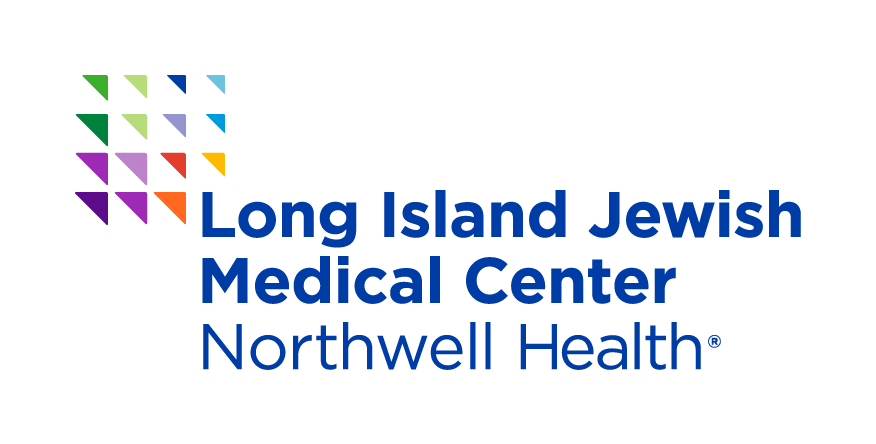Medical Terms

Advance Directives: legal documents that allow a person to specify his/her decisions regarding end-of-life care. These include living will which is a guide, but not a legal document in N.Y.S., Power of Attorney which applies to managing one’s affairs such as finances and property, POA is only applicable while the individual is living, DNR orders
ALF: assisted living facility
Bipap: machine that pushes air into the lungs
CCU: cardiac care unit treats patients with serious and or acute heart conditions
Chemotherapy: cancer treatment that can be administered by intravenous and or pill form
CMO: comfort measures only, in the setting of serious/life-limiting illness focusing upon quality of life and symptom management when a patient is no longer receiving disease-directed treatment
CPAP: machine that utilizes a continual stream of air to keep airways open while a patient is sleeping
CT: computerized tomography scan which combines x-ray images
CTICU: cardiothoracic intensive care unit provides care of post-operative cardiac and thoracic surgery patients
DNI: do not intubate, do not insert breathing tube into the trachea which would be connected to a ventilator
DNR: do not resuscitate, allow for a natural death
ENT: physician who specializes in ear, nose, throat, sinuses, and larynx
Foley: catheter tube which drains urine from the bladder
HCP: health care proxy document states the person or persons who are designated to make medical decisions for the patient, in the event they lose decision-making capacity, and or can not communicate with their medical providers
HD: hemodialysis is a treatment to filter wastes and water from your blood, as your kidneys did when they were healthy
Hospice: care that focuses upon managing symptoms in the setting of life-limiting illness, prognosis six months or less, addressing the person’s emotional and spiritual needs, maximizing quality of life when disease-directed treatment is no longer being provided
Hospitalist: a physician who provides internal medicine care in a hospital setting
ICU: intensive care unit provides treatment and monitoring for seriously ill patients, staffed by specially trained healthcare professionals and sophisticated monitoring equipment
Immunotherapy: treatment that utilizes the person’s immune system to fight cancer
IV: intravenous: administering fluids and or medications through a needle or tube inserted into a vein
Life Sustaining Treatment: any treatment that serves to prolong life without reversing underlying medical conditions. Example: dialysis, mechanical ventilation, chemotherapy, antibiotics, and artificial nutrition and hydration
MOLST: medical orders for life-sustaining treatment such as resuscitation, intubation, artificial nutrition, hydration, dialysis and or antibiotics
MRI: magnetic resonance imaging: generates images of the organs in the body
Nasal canula: device used to deliver supplemental oxygen or increased airflow when a patient requires respiratory support
Nephrologist: physician who specializes in the care of the kidneys
Neurologist: physician who specializes and treats diseases of the brain, spinal cord, peripheral nerves and muscles
NOKS: next of kin surrogate is the individual who makes medical decisions for the patient if the patient is not able to communicate with the medical team and or does not have capacity. The next of kin surrogate applies if the patient does not have a health care proxy document completed
NP: nurse practitioner
NPO: nothing by mouth
O.T. occupational therapy which focuses upon fine motor skills
O2: oxygen
Oncologist: physician who treats patients with a cancer diagnosis
Opthamologist: physician who specializes in diagnosing and treating diseases and injuries of the eye
PT: physical therapy which focuses upon gross motor skills
Palliative Medicine: specialized medical care for patients living with serious and chronic illness. Medical care focuses upon symptom management for the illness and or treatment of the illness. Emotional support is provided by Palliative Care teams
Peg tube: feeding tube placed in the abdominal wall and into the stomach. It allows artificial nutrition and medications to be put directly into the stomach bypassing the mouth and esophagus
POD: progression of disease, illness is worsening
Port: small medical appliance that is implanted beneath the skin. A catheter connects the port to a vein to deliver chemotherapy, give blood transfusions, intravenous fluids, antibiotics and or draw blood
PRN: as needed
Pulmonologist: physician who treats patients with pulmonary (lung) disease
QOL: quality of life
RT: radiation therapy utilized for curative and palliative cancer treatment
RCU: respiratory care unit provides close monitoring and intensive treatment for patients with acute or exacerbated
CM: nurse case manager assists with discharge planning related to homecare needs
ST: speech therapy which focuses upon speech, language and assessing swallowing and need for feeding modifications
SAR: inpatient sub-acute rehabilitation
SICU: surgical intensive care unit treats patients postoperatively who require comprehensive care, constant monitoring and possible emergent interventions
SNF: skilled nursing facility
SW: Social Worker advocates, provides emotional support and assists the patient/family with discharge planning
Trach: tracheostomy is an opening created at the front of the neck to insert a tube into the trachea to help you breathe. If necessary, the tube can be connected to an oxygen supply and ventilator
Ventilator: machine that moves air into and out of the lungs, if the patient is unable to breathe or his/her breathing is insufficient
Xray:
invisible electromagnetic energy beams to produce images of internal tissues, bones, and organs
